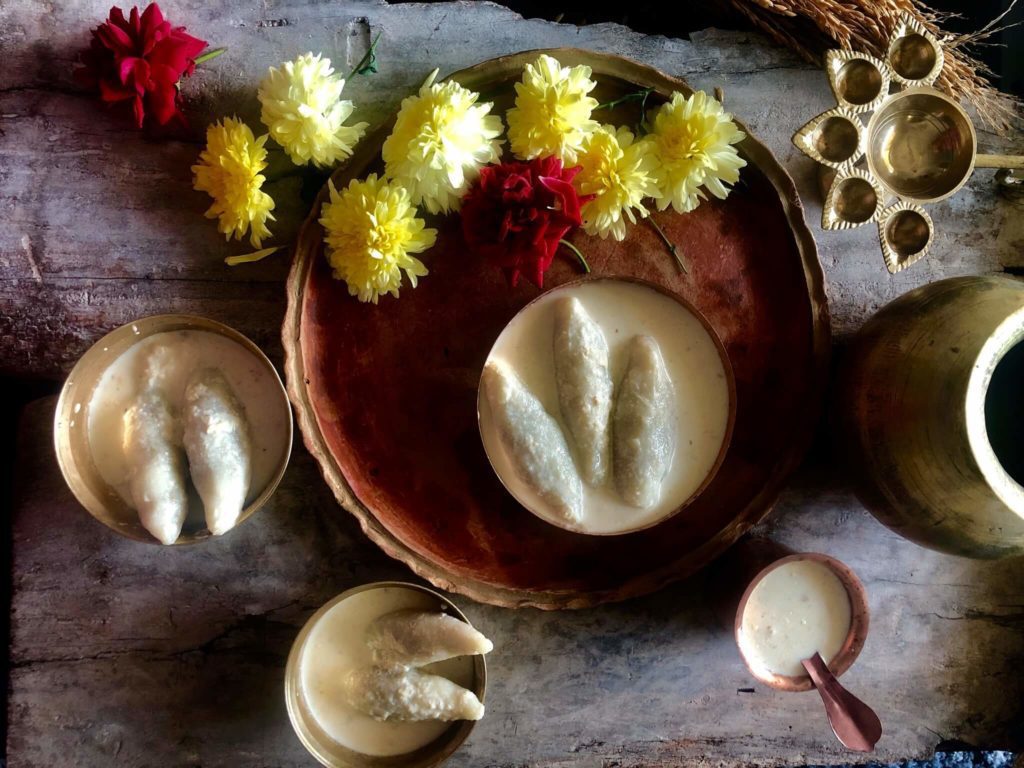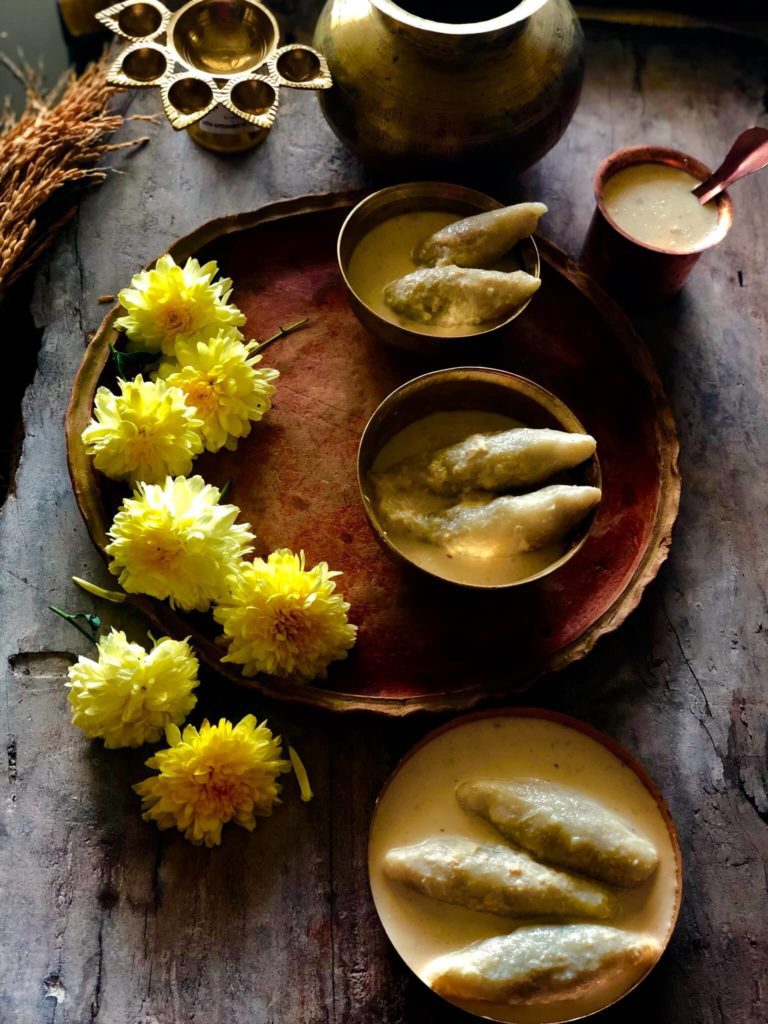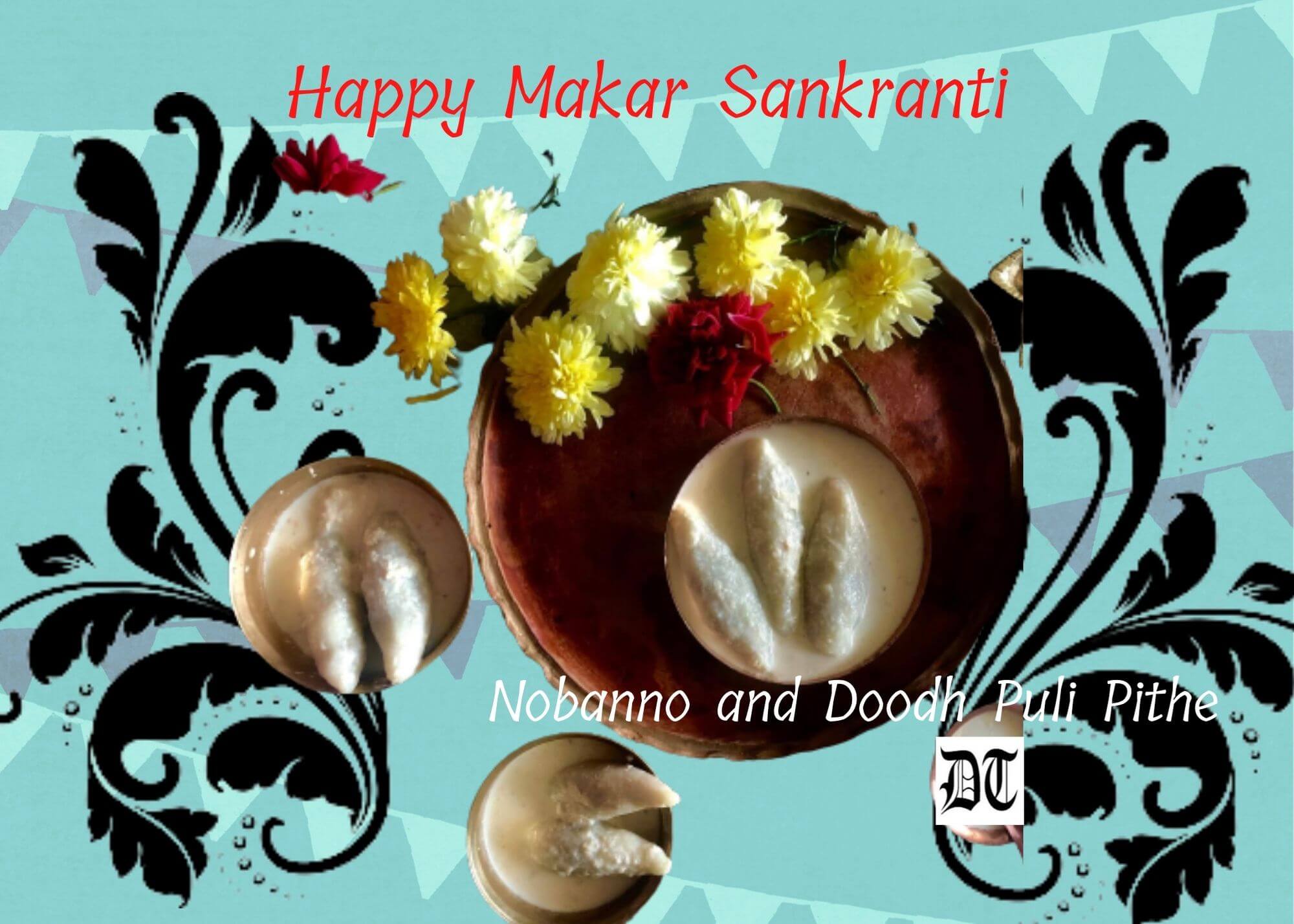Reading Time: 4 minutes
Sarika tells us about cereals on breakfast table in India, a delicious festive sweet dish with Nobanno, Doodh Puli Pithe, during Posh Parbon, as Sankranti is known in Bengal. Happy Makar Sankranti from Different Truths. An exclusive.
Probably India started cereals on the breakfast table since the early ’90s. Typically Indian breakfast consists of any of the following with other items: parathas, poha, upma, wada, dosa, idli, doodh (milk) in some parts again rice too. So, when initially corn flakes came into the market people were not convinced to buy the product. First, it was expensive and secondly, Indian people did not like the taste of the product. Later, when most of the IT companies started their business here, lifestyle changed a bit. Gradually, our food system started changing from traditional breakfast to cereals, pancakes mostly packet foods. We all started adoring, pizzas, kinds of pasta all western foods over traditional foods.
Today’s mantra is to eat local, think global.
Thanks to marketing, TVs, promotions. Sometimes I feel, we need to promote our traditional food in our own country. The key trigger for the growing interest in western food is “easy to cook”. Today, almost 80% of Indians cook western food in their own kitchen. Today’s mantra is to eat local, think global. So, it is recommended that eat your locally grown food, which is not only good for health it also has other benefits like:
1. Locally grown food is filled with flavour.
2. Local food has more nutrients that imported one.
3. Local food is eating seasonal.
4. Local food always supports local economy.
5. Local food promotes safe food supply.
6. Local food helps the environment.
7. Local food can tell us its history, like how it grows, where it grows etc.
One of the harvest festivals, Sankranti, is extremely popular in India. Every state of India and Nepal celebrate it, known by eleven different names. It is Makar Sankranti (in most parts of India), Khichdi (UP, Bihar, Jharkhand), Sakraat in Delhi and Haryana, Maghi in Punjab, Ghughuti or Kale Kauva in Uttarakhand, Uttrayan in Gujarat, Magha Saaji in Himachal Pradesh, Poush Parbon in West Bengal, Magh Bihu in Assam, Pedda Panduga in Andhra Pradesh and Telangana, Suggi in Karnataka, Pongal in Tamil Nadu, Maghara Valaku in Kerala, and Maghe Sankranti in Nepal. This year it is on Thursday, January 14.
In West Bengal and Odisha, many types of pithe and pathishapta are prepared with freshly harvested rice, known as Nobanna in Bengali.
Doodh puli is coconut palm jaggery stuffed rice dumplings soaked in condensed milk. A traditional, festive Bengali sweet dish, which is loved by almost every Bengalis.


Here is the Doodh Puli recipe.
DUDH PULI PITHE
- Prep time: 20 mins
- Cooking time: 1 hr, 10mins
- Total time: 1 and a half hour
- Servings: 12 people
- Course: Sweet dish
- Cuisine: Bengali
Ingredients
For rice dough
- 1 cup of rice flour
- 1 1/4 cup of water
- 1/4 tsp salt
For coconut stuffing
- 1 cup grated coconut
- 1/2 cup grated jaggery (date palm jaggery)
- 1/4 tsp cardamom powder
- 1/2 cup milk
- 1/2 tsp ghee
For preparing the milk
- 2 lt milk
- 4 green cardamom(crushed)
- 1 cup palm jaggery
How to make Dudh Puli Pitha
Method
To prepare the coconut stuffing, take a pan with one cup of freshly grated coconut, sauté it for 2 mins.
Then add grated date palm jaggery with sautéed coconut. Mix it well.


Next, after 2 mins of continuous stirring, add milk to it.
Cook it until the milk totally soaked by the coconut mix.
At this point add ghee and cardamom powder to it and give a nice mix
When the moisture evaporates(almost) then turn off the heat.
Let it completely cool down.
Prepare the cover of dumplings:
First, start boiling water with 1/4 tsp of salt on high flame.
Once the water starts boiling, reduce the flame and add one cup of rice flour to it with continuous stirring.
Turn off the flame immediately.
In a mixing bowl, immediately start kneading the dough.
First, do it with a spatula and then use your hand (be careful as it’s hot) to make a smooth dough of it.
Then first make some lemon size balls. Turn it into a thin flat disc by pressing its sides down by fingertips. Though the side of the disk is uneven, not to worry.
Put one tsp coconut filling into the middle of the disc.
Then seal the edges of the dumplings, first give it a shape of a half-moon. Then give it a perfect shape by little rolling its ends. you can also give it a shape of your choice too.
After making all coconut stuffing dumplings, cover it with a damp cloth (just to keep them moisture).
Time to Prepare the Milk
Take two-litter full-fat milk in a wide pan and put it on medium flame. When the milk starts boiling (and almost reached to half of it) then slow down the heat, add 4 crushed cardamom pods.
Then add one cup of crushed or grated date palm jaggery.
Boil the milk for 20 to 30 mins.
After 30 mins, when the milk gets a little thick, then add the dumplings to it.
Let it boil for 10 mins without stirring it.
Then after 10 mins, stir it gently and again cook the dumplings for around 8-10 mins.
After 8-10 mins, it will be ready.
Turn off the heat and let it completely cool down before serving.
Photos by the author and visual by Different Truths















